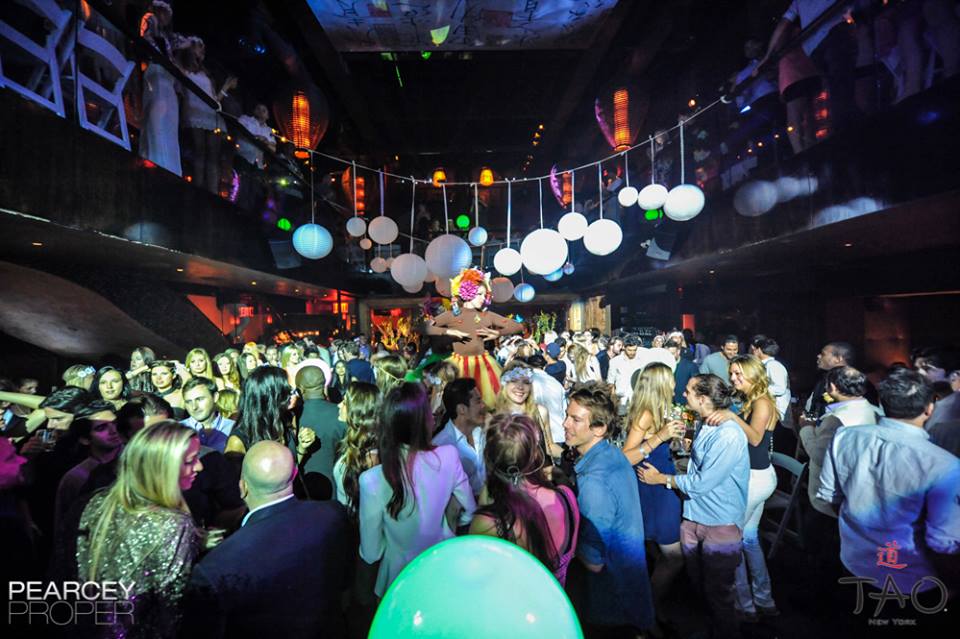

Taos Quartet in Three Movements was originally to appear in Flair Magazine, but the magazine folded before its publication. Editor and book designer Merle Armitage also wrote a book about this time in New Mexico. Dodge later published a memoir about the visit entitled, Lorenzo in Taos (1932). He had a fraught relationship with his hostess, however, later writing about it in his fiction. Lawrence, the English author, accepted an invitation from her to stay in Taos, arriving with his wife, Frieda, in early September, 1922. He took to insulting his wife, who, in response, sent Sterne away, although she supported him financially until the time of their divorce four years later. Although Sterne bought a shotgun with the intention of chasing Lujan off the property, she was unable to use it. Lujan set up a teepee in front of her house, drumming each night in an attempt to lure her to him. On the advice of Tony Lujan, a Native American whom she would marry in 1923, she purchased a 12-acre (49,000 m 2) property. In 1917, Dodge, her husband, and Elsie Clews Parsons moved to Taos, New Mexico, where she began a literary colony. (Lincoln Steffens' sister Lottie was married to local rancher John J. Although he moved in for a short period, the situation became untenable Dodge and Sterne married later that year.ĭuring this period Dodge also began spending long periods of time in Santa Barbara, California, where her friend Lincoln Steffens had relatives. Sterne, who was to become Dodge's third husband, lived in a cottage behind the main house, while Dodge offered Reed the third floor of the house as a writing studio. In 1916, Dodge became a nationally syndicated columnist for the Hearst organization, relocating to Finney Farm, a large Croton estate. While in Provincetown, John Reed helped to organize The Provincetown Players, and Dodge experienced a rivalry with Mary Heaton Vorse. Although Dodge followed him to the border town of Presidio, she left after just a few days.īetween 19, a strong connection developed between the intelligentsia of Greenwich Village and Provincetown and, in 1915, Dodge arrived there with painter Maurice Sterne. In October, Reed was sent to report on the Mexican Revolution by Metropolitan Magazine.

They returned to New York in late September, 1913. At first this was a very happy time for the couple, but tensions grew between them as Reed became uncomfortable with the affluent isolation, and Dodge saw his interests in the world of people and achievements as a rejection of her. They became lovers after arriving in Paris, where they socialized with Stein and Pablo Picasso before leaving for the Villa Curonia, where the guests included Arthur Rubinstein. John Reed (Jack) - worn out from having recently organized the Paterson Pageant - traveled with her. She sailed to Europe at the end of June 1913.

She was involved in mounting the Armory Show of new European Modern Art in 1913 publishing and distributing in pamphlet-form a piece by Gertrude Stein entitled "Portrait of Mabel Dodge at the Villa Curonia", which increased her public profile. Anthropologist Raymond Harrington introduced Dodge and her friends to peyote in an impromptu "ceremony" there. Van Vechten took Dodge as the model for the character "Edith Dale" in his novel Peter Whiffle. Notable guests included Carl Van Vechten, Margaret Sanger, Emma Goldman, Charles Demuth, "Big Bill" Haywood, Max Eastman, Lincoln Steffens, Hutchins Hapgood, Neith Boyce, Walter Lippmann, and John Reed. In mid-1912, the Dodges (by this time increasingly estranged), returned to America where Dodge set herself up as a patron of the arts, holding a weekly salon in her new apartment at 23 Fifth Avenue in Greenwich Village. A troubled liaison with her chauffeur led to two suicide attempts: the first by eating figs containing shards of glass the second with laudanum. Toklas, and other visitors from Paris, including André Gide.

Between 19, Edwin and Mabel lived near Florence at her palatial Medici villa, the Villa Curonia in Arcetri, where she entertained local artists, in addition to Gertrude Stein, her brother Leo, Alice B. In 1904, Luhan married her second husband, Edwin Dodge. In 1896, she toured Europe and attended the 'Chevy Chase' finishing school in Washington, D.C. She attended Saint Margaret’s Episcopal School for girls until the age of sixteen, then went to school in New York City. Raised to charm and groomed to marry, she grew up among Buffalo's social elite, raised in the company of her nursemaid. Mabel Ganson was the heiress of Charles Ganson, a wealthy banker from Buffalo, New York, and his wife, Sarah Cook. Mabel Evans Dodge Sterne Luhan (pronounced LOO-hahn née Ganson Febru– August 13, 1962) was a wealthy American patron of the arts, who was particularly associated with the Taos art colony. Patron of the arts nationally syndicated columnist for the Hearst organization


 0 kommentar(er)
0 kommentar(er)
